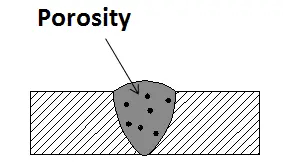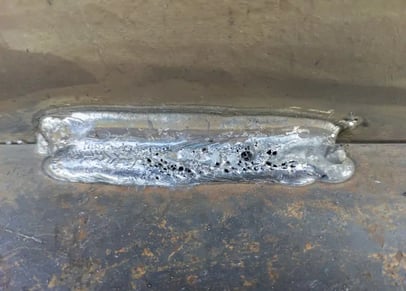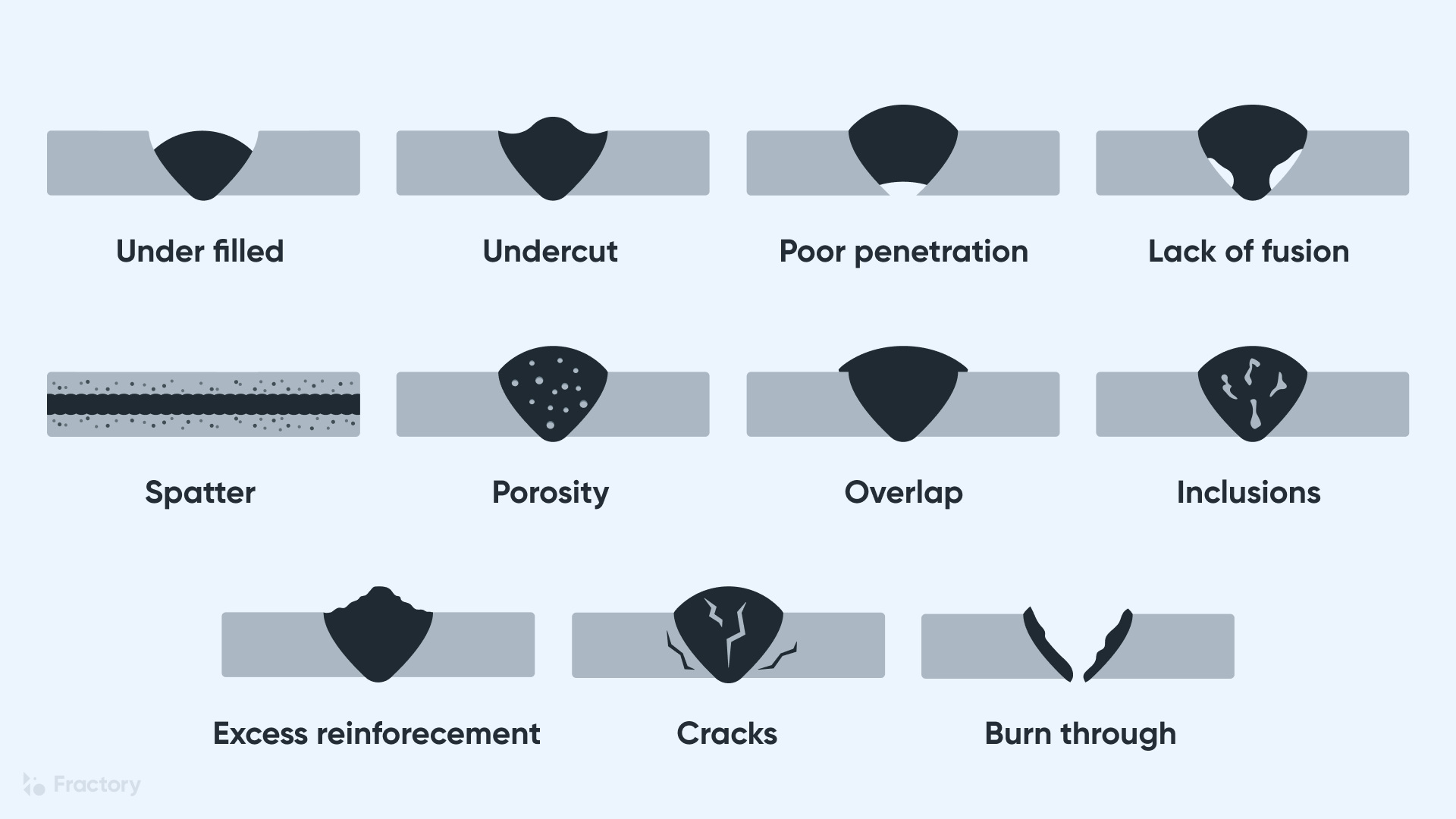Untangling the Mystery of Porosity in Welding: Tips for Lessening Defects and Maximizing Quality
In the elaborate world of welding, porosity stays a consistent difficulty that can substantially affect the high quality and integrity of welded joints. As we dive right into the depths of porosity in welding, uncovering the tricks to its prevention and control will be paramount for professionals seeking to understand the art of top quality weldments.
Understanding Porosity in Welding
Porosity in welding, a common issue encountered by welders, describes the visibility of gas pockets or voids in the bonded product, which can jeopardize the honesty and top quality of the weld. These gas pockets are usually entraped throughout the welding process due to numerous aspects such as incorrect shielding gas, infected base materials, or incorrect welding parameters. The development of porosity can damage the weld, making it prone to breaking and deterioration, inevitably resulting in architectural failings.
Comprehending the root triggers of porosity is important for welders to effectively stop its incident. By identifying the value of preserving proper gas securing, guaranteeing the tidiness of base products, and enhancing welding setups, welders can significantly reduce the possibility of porosity development. Additionally, making use of techniques like pre-heating the base material, utilizing proper welding methods, and performing extensive inspections post-welding can additionally assist in decreasing porosity problems. On the whole, an extensive understanding of porosity in welding is necessary for welders to generate premium and durable welds.

Common Reasons For Porosity
When examining welding processes for prospective quality issues, understanding the usual reasons of porosity is essential for maintaining weld stability and avoiding architectural failures. Porosity, identified by the existence of tooth cavities or voids in the weld metal, can dramatically compromise the mechanical buildings of a welded joint.
In addition, welding at improper criteria, such as exceedingly high travel rates or currents, can generate excessive disturbance in the weld swimming pool, trapping gases and creating porosity. By addressing these common causes via appropriate gas securing, product preparation, and adherence to ideal welding parameters, welders can decrease porosity and improve the high quality of their welds.
Methods for Porosity Avoidance
Executing effective Get the facts preventive procedures is essential in minimizing the event of porosity in welding procedures. One method for porosity prevention is guaranteeing proper cleaning of the base steel prior to welding. Pollutants such as oil, oil, rust, and paint can result in porosity, so extensive cleansing making use of appropriate solvents or mechanical techniques is important.

Making use of high-grade filler materials and shielding gases that are appropriate for the base metal and welding procedure can significantly reduce the risk you can try these out of porosity. In addition, preserving appropriate welding specifications, such as voltage, current, take a trip speed, and gas flow rate, is important for porosity avoidance.
Moreover, utilizing appropriate welding strategies, such as preserving a regular travel rate, electrode angle, and arc length, can help avoid porosity (What is Porosity). Ample training of welders to guarantee they comply with finest methods and quality assurance procedures is additionally vital in reducing porosity problems in welding

Best Practices for Quality Welds
One secret technique is maintaining proper tidiness in the welding area. Thoroughly cleaning the workpiece and surrounding area prior to welding can aid reduce these concerns.
One more ideal technique is to meticulously choose the ideal welding parameters for the specific materials being signed up with. Appropriate parameter choice guarantees ideal weld penetration, fusion, and overall top quality. Making use of high-grade welding consumables, such as electrodes and filler metals, can substantially impact the last weld high quality.
Importance of Porosity Control
Porosity control plays an important duty in ensuring the integrity and top quality of welding joints. Porosity, defined by the presence of cavities or gaps within the weld metal, can substantially jeopardize the mechanical homes and structural honesty of the weld. Extreme porosity compromises the weld, making it more prone to breaking, rust, and general failing under operational lots.
Reliable porosity control is important for preserving the desired mechanical residential properties, such as strength, ductility, and toughness, of the welded joint. What is Porosity. By decreasing porosity, welders can enhance the general top quality and reliability of the weld, making sure that it fulfills the performance demands of the desired application
Furthermore, porosity control is crucial for achieving the preferred visual look of the weld. Too much porosity not only compromises the weld however additionally detracts from its visual charm, which can be essential in sectors where aesthetic appeals are very important. Proper porosity control techniques, such as utilizing the right securing gas, regulating the welding criteria, and ensuring proper sanitation of the base products, are essential for generating high-grade welds with minimal problems.

Verdict
To conclude, porosity in welding is a common flaw that can endanger the top quality of the weld. By recognizing the reasons for porosity and implementing proper prevention techniques, welders can minimize defects and achieve greater high quality welds. It is necessary to manage porosity in welding to click this make sure the stability and stamina of the final product. Implementing best practices for porosity control is crucial for attaining optimum welding outcomes.